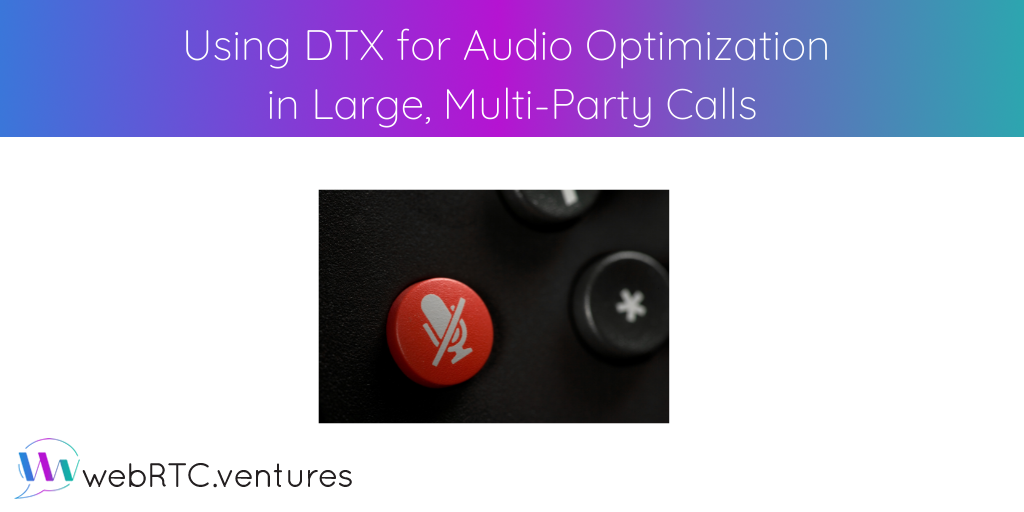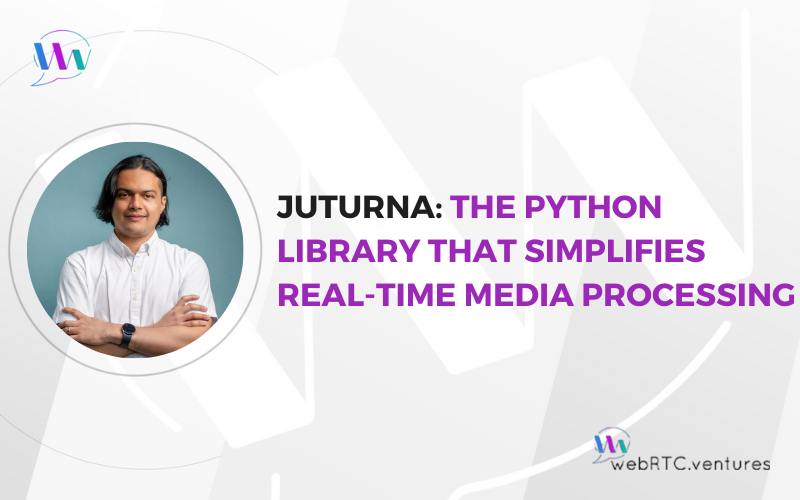In large, multi-party calls there are often just one or two main speakers. The rest of the participants are simply listening with their mic muted. The calls could be updates for shareholders, sales teams, vendors, regional offices, or factories – the use cases are endless. However, also are the number of empty audio packets going back and forth. This can cause a waste of audio bandwidth for silent participants. Handling low bandwidth scenarios to ensure the best user experience possible is critical in real-time applications.
Discontinuous transmission can provide a solution. DTX is an advanced configuration of the Opus audio codec that allows for a large reduction in the audio traffic. When a participant is silent, the audio packet won’t be transmitted.
The Pros of DTX
- Saves bandwidth because less packets are sent over the network
- Saves CPU usage because the receiver will be decoding less audio packets
The Cons on DTX
- Audio quality will be a bit lower than with continuous transmission, which is the default when DTX is disabled. Although the difference is not really noticeable!
When is DTX recommended?
- When constraints on available network bandwidth are severe
- When you need to reduce the data rate
For more on the subject (and a demo!):
These types of innovative solutions are the reason people come to our expert team at WebRTC.ventures when they are interested in integrating (or optimizing!) live video or audio into their applications. Learn more about our WebRTC development services and tell us how we can help your business!











